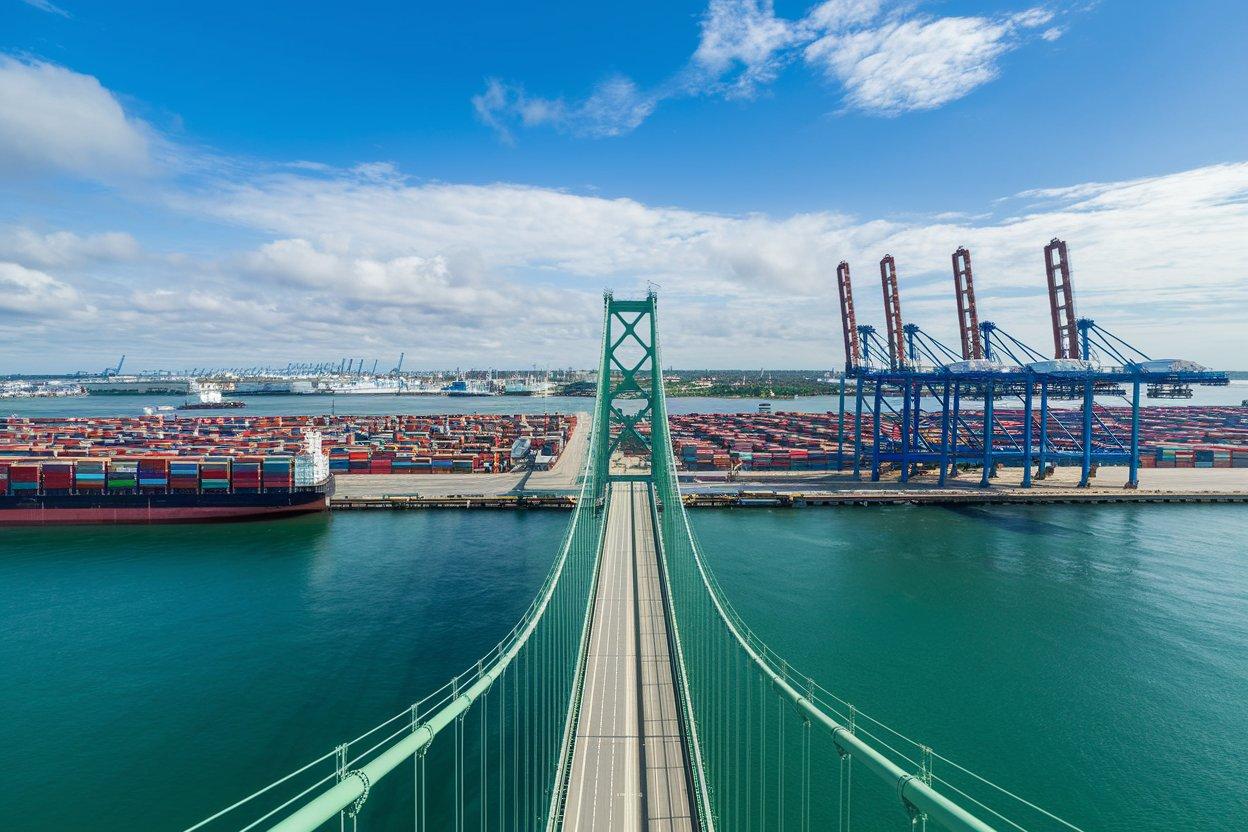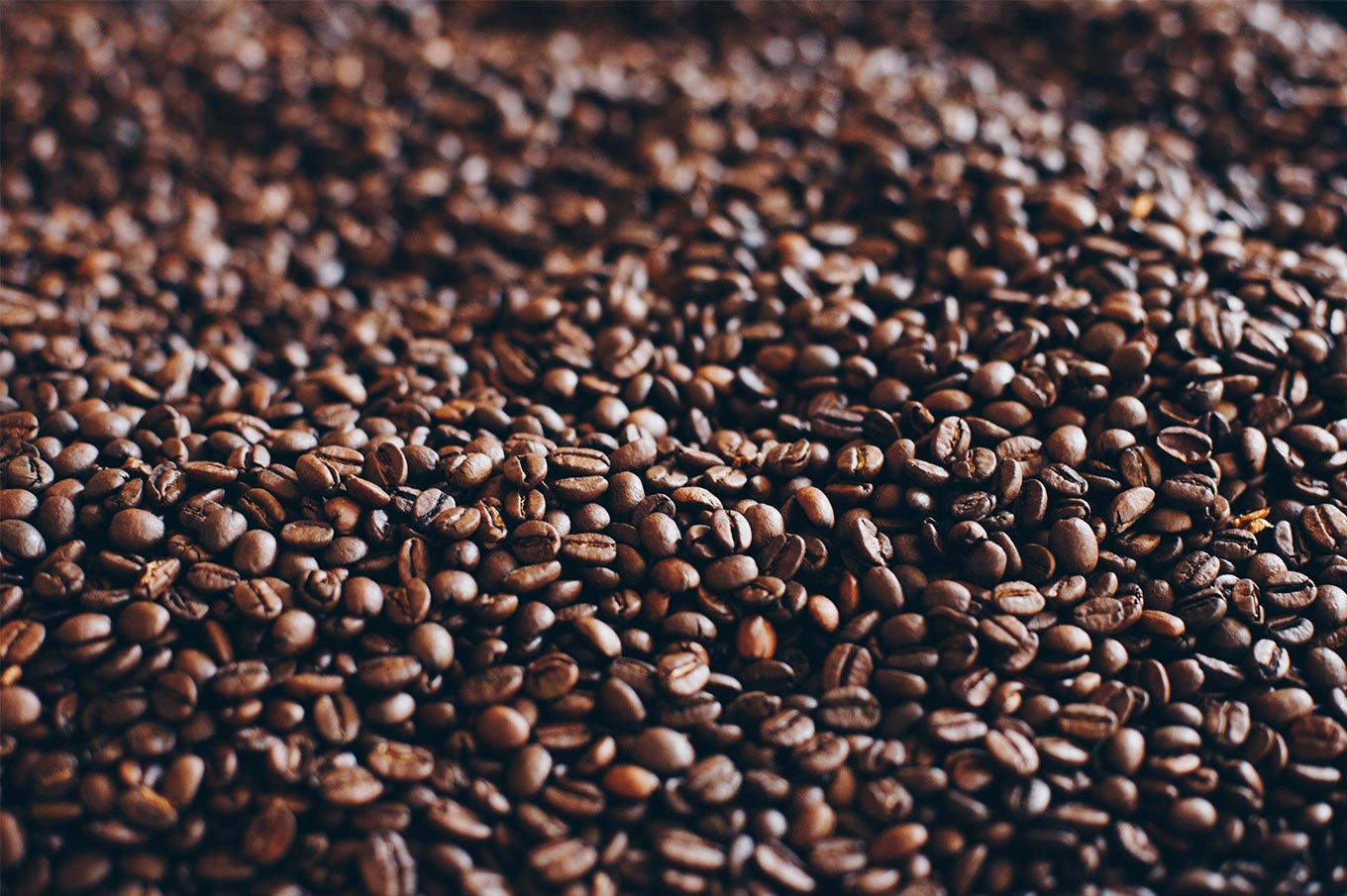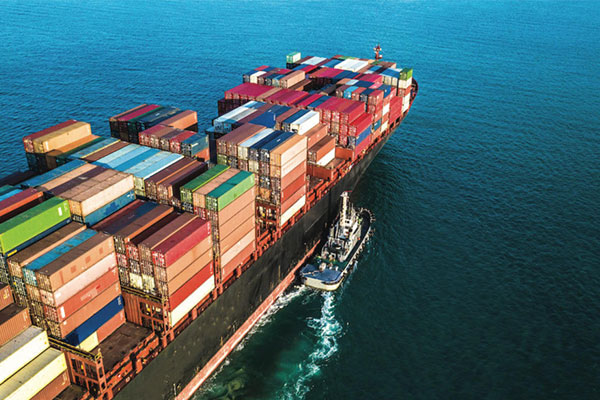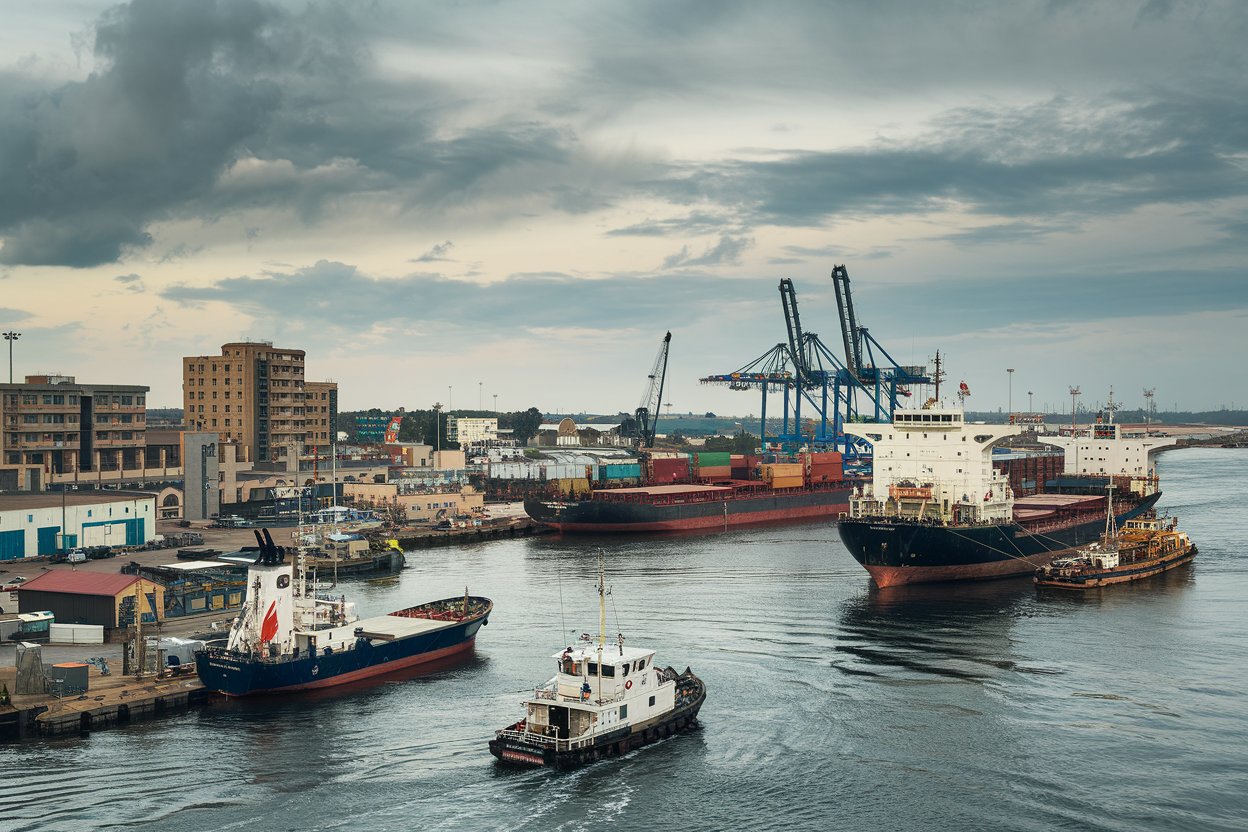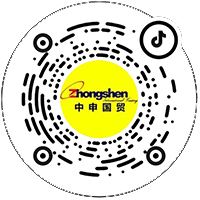- Shanghai ZhongShen International Trade Co., Ltd., with 20 years of experience in foreign trade import and export agency services.

I. The Decisive Role of Commodity Classification
The primary key to importing coffee machines lies inAccurate HS Code Classification。In 2025, the General Administration of Customs adjusted the commodity classification under heading 8516:
- Drip coffee maker is classified under 8516.7100 (tariff 8%).
- Fully automatic coffee machines are classified under 8516.7200 (tariff 10%).
- Equipment with grinding function must be declared additionally under 9009.1200 (tariff 12%).
An importer of an Italian brand once mistakenly classified a semi-automatic coffee machine under the small-appliance category, resulting in€32,000 worth of equipment stuck at the port for 28 daysProper classification can save at least five working days in customs clearance.
II. Complete Matrix of Declaration Elements
2025 Application Materials List AddedEnergy efficiency label filingFor products that require the addition of inhibitors or stabilizers, relevant instructions should be provided to ensure the stability of the chemical products during transportation and storage.
- Basic documents
- Certificate of Origin(Required if the preferential tax rate does not apply)
- Sanitary Certificate (Mandatory for Food Contact Materials)
- Technical documents
- CCC Certification (equipment with power > 1000 W)
- Energy Efficiency Test Report (EU A++ Class Corresponds to China Grade 1)
III. The Golden Ratio of Logistics Solutions
Cost comparison across different modes of transport (based on a 40HQ container):
- ?Ocean shipping?Full container: €3,800, 35 days (suitable for batches >500 units)
- LCL sea freight: €95/m3, 42 days (100–300 units preferred)
- ?Air freight?: €6.5/kg, 7 days (rush order <50 units)
A certain German brand throughChina-Europe Rail Freight+ Bonded warehousingThe combination increases turnover efficiency by 40% and reduces warehousing costs by 18%.
IV. The Hidden Minefields of Customs Clearance Risk
Distribution of major issues in coffee-machine imports over the past three years:
- Design-patent infringement (accounting for 53% of disputed cases)
- Voltage mismatch (difference between 220V and 230V systems)
- Manual missing Chinese version (new regulation penalty cases up 37%)
Starting in 2025, EU CE certification must be applied for simultaneously.China RoHS Declaration of Conformity, products certified by UL in the United States must additionally file for energy-efficiency registration.
V. A Four-Dimensional Cost-Optimization Strategy
- Tariff planning
- Bulk procurement is eligible for the agreed tariff rate (a 3 % reduction is available under the China–EU Agreement).
- Split declarations to circumvent the consumption-tax trigger threshold
- Logistics Optimization
- Choose AEO-certified ports to shorten inspection time
- Utilize the free-trade zone to complete repackaging
A Shanghai-based importer throughAdvance Classification Ruling + Consolidated Duty AssessmentWith the combined solution, a single batch saves 28,000 yuan in customs-clearance costs and increases capital turnover by 25%. It is recommended to initiate compliance review 60 days before shipment to minimize regulatory risks after the new 2025 policy takes effect.
? 2025. All Rights Reserved.
